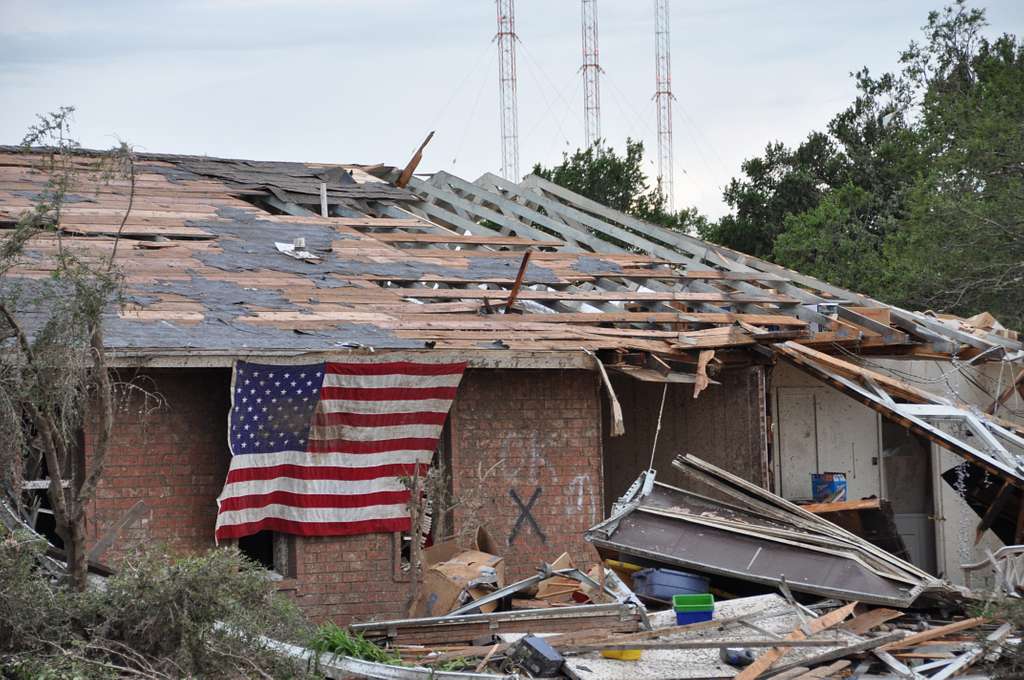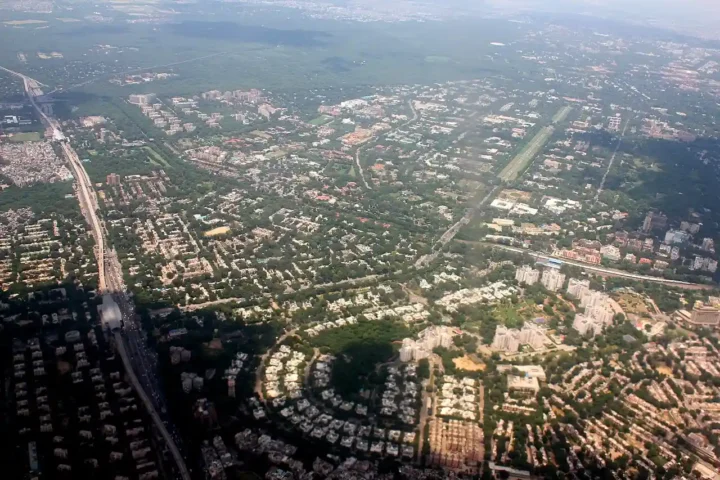NASA’s Perseverance rover has captured one of its sharpest Mars panoramas yet, showing the Red Planet in a surprisingly blue light. On May 26, 2025, the rover’s Mastcam-Z camera took 96 separate images at a location called “Falbreen,” which scientists then stitched together to create a detailed 360-degree view.
The enhanced-color version of the panorama shows the Martian sky in a striking blue shade – quite different from Mars’ actual reddish appearance. This color enhancement wasn’t done to trick viewers but to highlight details that might otherwise be missed.
“The relatively dust-free skies provide a clear view of the surrounding terrain,” explained Jim Bell, who leads the Mastcam-Z team at Arizona State University. “In this particular mosaic, we have enhanced the color contrast, which accentuates the differences in the terrain and sky.”
Several interesting features stand out in the panorama. A chunky “float rock” sits on a dark, crescent-shaped sand ripple about 14 feet from the center of the image. Scientists call it a float rock because it likely came from somewhere else, transported by ancient water flows, winds, or possibly a landslide.
The image also shows a bright white circle just left of center near the bottom. This is an abrasion patch – the 43rd rock that Perseverance has drilled since landing on Mars in February 2021. The rover made this 2-inch wide shallow patch on May 22, 2025, to peek beneath the weathered surface before deciding whether to collect a sample.
Similar Posts
The panorama captures a clear boundary line between two different rock types about halfway up the image. The lighter-colored rocks closer to the rover are rich in a mineral called olivine, while the darker rocks farther away contain clay minerals and are believed to be much older.

Scientists are particularly interested in the Falbreen site because it may contain some of the oldest rocks Perseverance has explored – possibly even older than Jezero Crater itself, where the rover landed. The rover reached the crater’s rim late last year after traveling more than 22 miles across the Martian surface.
“Stunning vistas like that of Falbreen are just a glimpse of what we’ll soon witness with our own eyes,” said Sean Duffy, NASA’s acting administrator. He linked these images to NASA’s broader goals of human exploration through the Artemis program, which aims to eventually send astronauts to Mars.
Rover tracks visible at the right edge of the image show Perseverance’s path to this location. About 300 feet away, these tracks veer left and disappear at a previous stop called “Kenmore.” The panorama also reveals hills as distant as 40 miles away, showcasing the exceptional clarity of the Martian atmosphere when it’s relatively dust-free.
Since its 2021 landing in Jezero Crater – chosen because it was once an ancient lake that might have supported life – Perseverance continues its primary mission to search for signs of ancient Martian life while collecting rock samples for eventual return to Earth.



















